Industrial electrical cabinet is an important device in the industrial electrical system, used for distribution, control, and protection of power sources. It plays a crucial role in ensuring the safety and stability of the electrical system while providing flexibility and convenience in managing and operating electrical equipment. In this article, we will learn about industrial electrical cabinets, including their definition, functions, design, and relevant regulations.
Definition of industrial electrical cabinet
Concept of industrial electrical cabinet
An industrial electrical cabinet is a box or frame that contains electrical components, including switches, controllers, control panels, measuring panels, circuit breakers, and other accessories. It is designed to house and protect these components from environmental factors and ensure safety during operation.
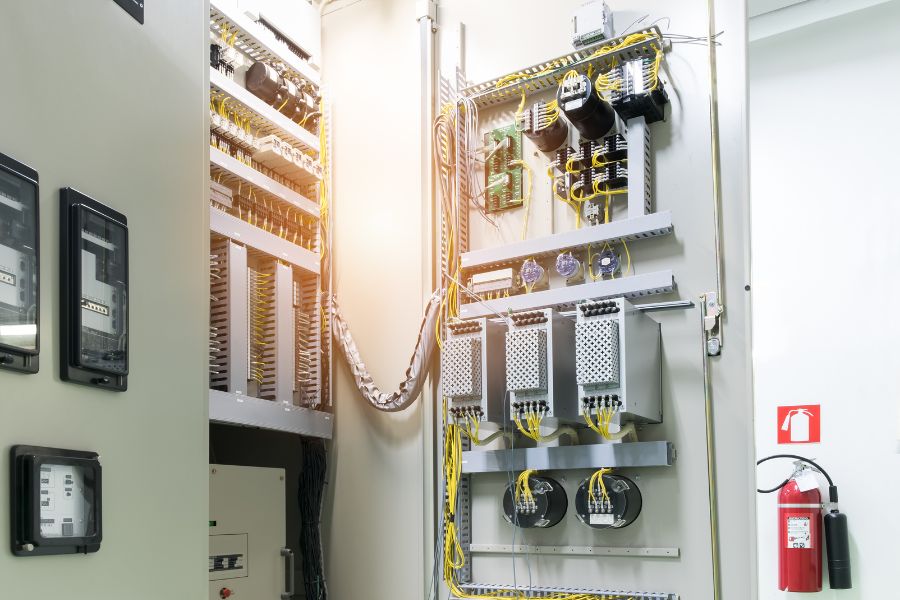
Structure and components of industrial electrical cabinet
An industrial electrical cabinet consists of the following main components:
Cabinet enclosure: It includes the frame and protective enclosure, made of fire-resistant and corrosion-resistant materials.
Switches: Used to turn on/off the power supply to devices or circuits.
Controllers: Ensure control, monitoring, and protection of electrical equipment within the cabinet.
Control panel: Contains switches, indicator lights, push buttons, and display screens for monitoring and controlling the system.
Measuring panel: Includes measuring devices such as ammeters, voltmeters, and power meters for monitoring and measuring electrical parameters.
Circuit breakers: Used to switch the power supply from one source to another or to cut off the power in emergency situations.
Accessories: Include shock absorbers, safety locks, cooling fans, voltage stabilizers, and other accessories depending on specific application requirements.

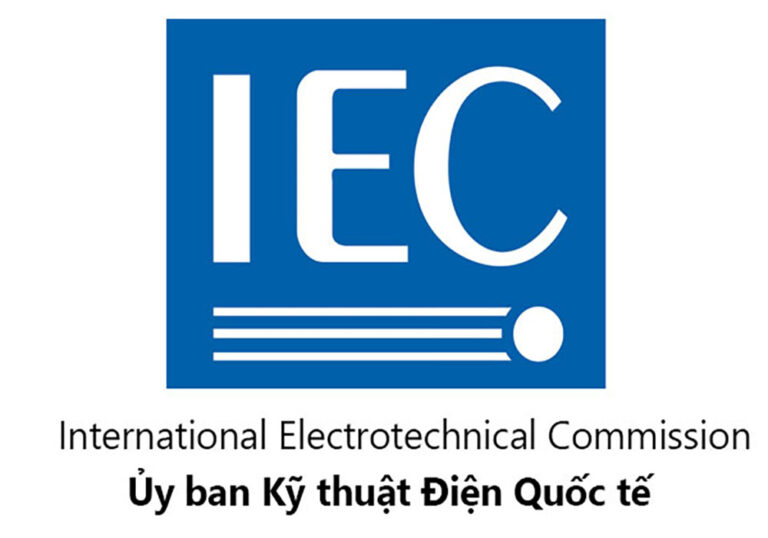



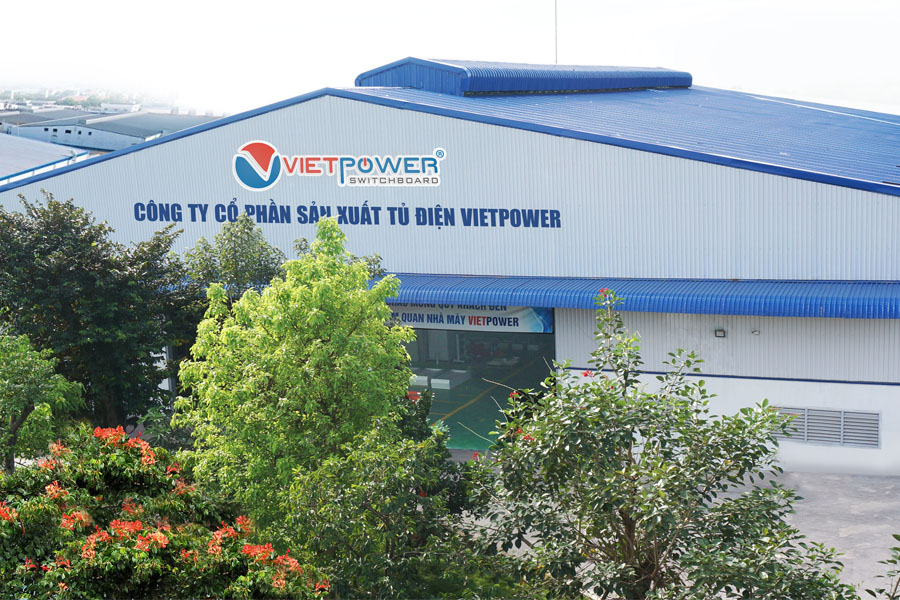
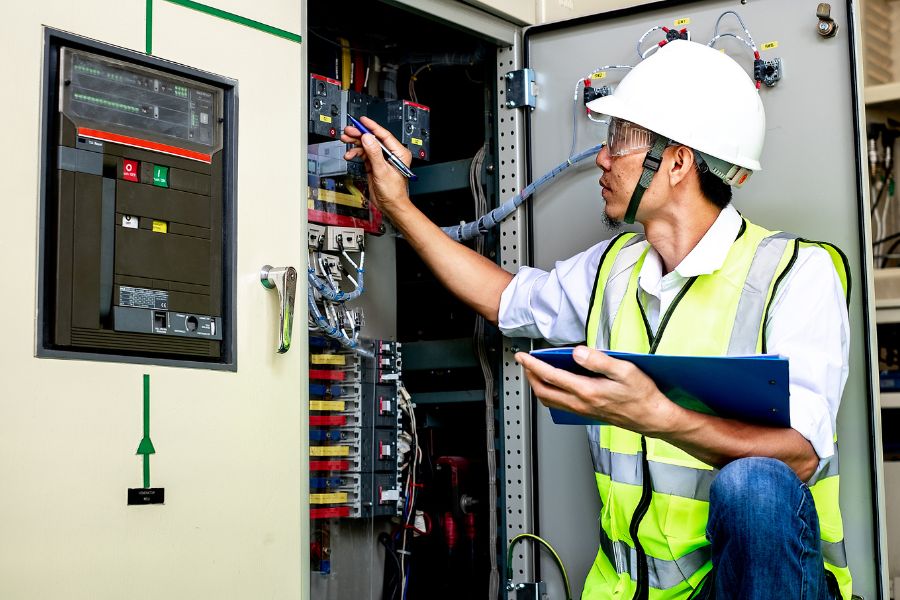
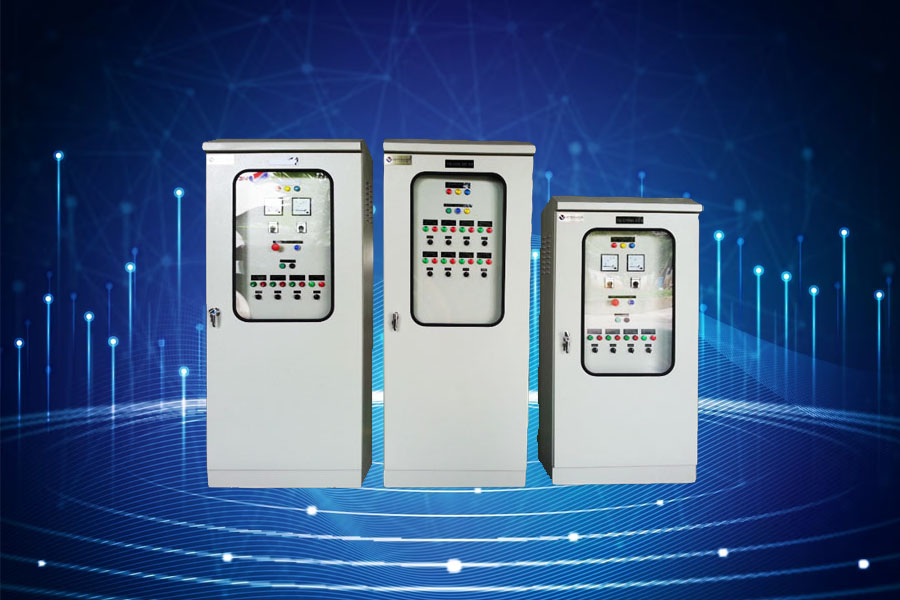
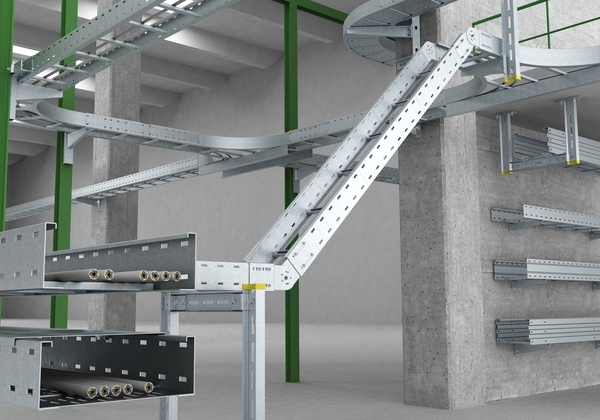
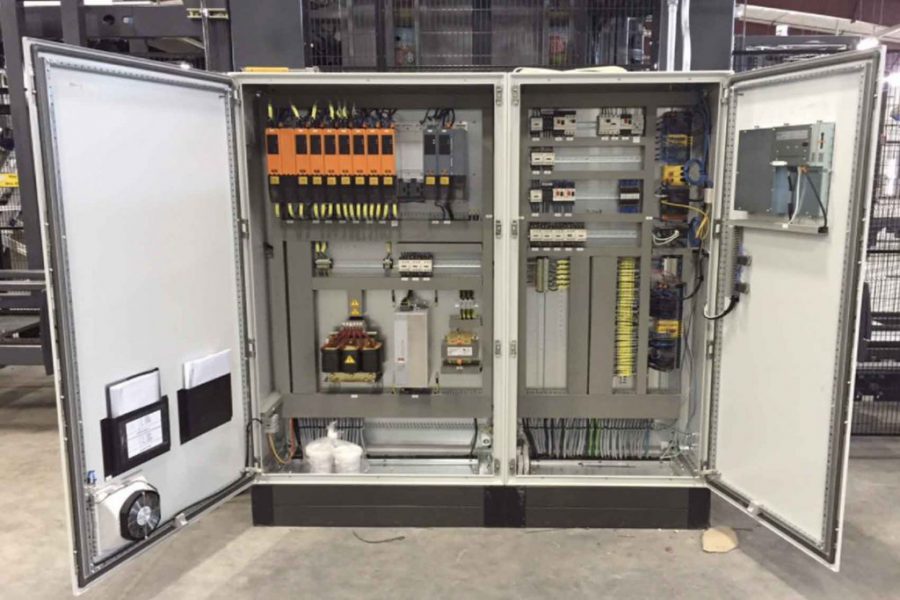
Bình Luận